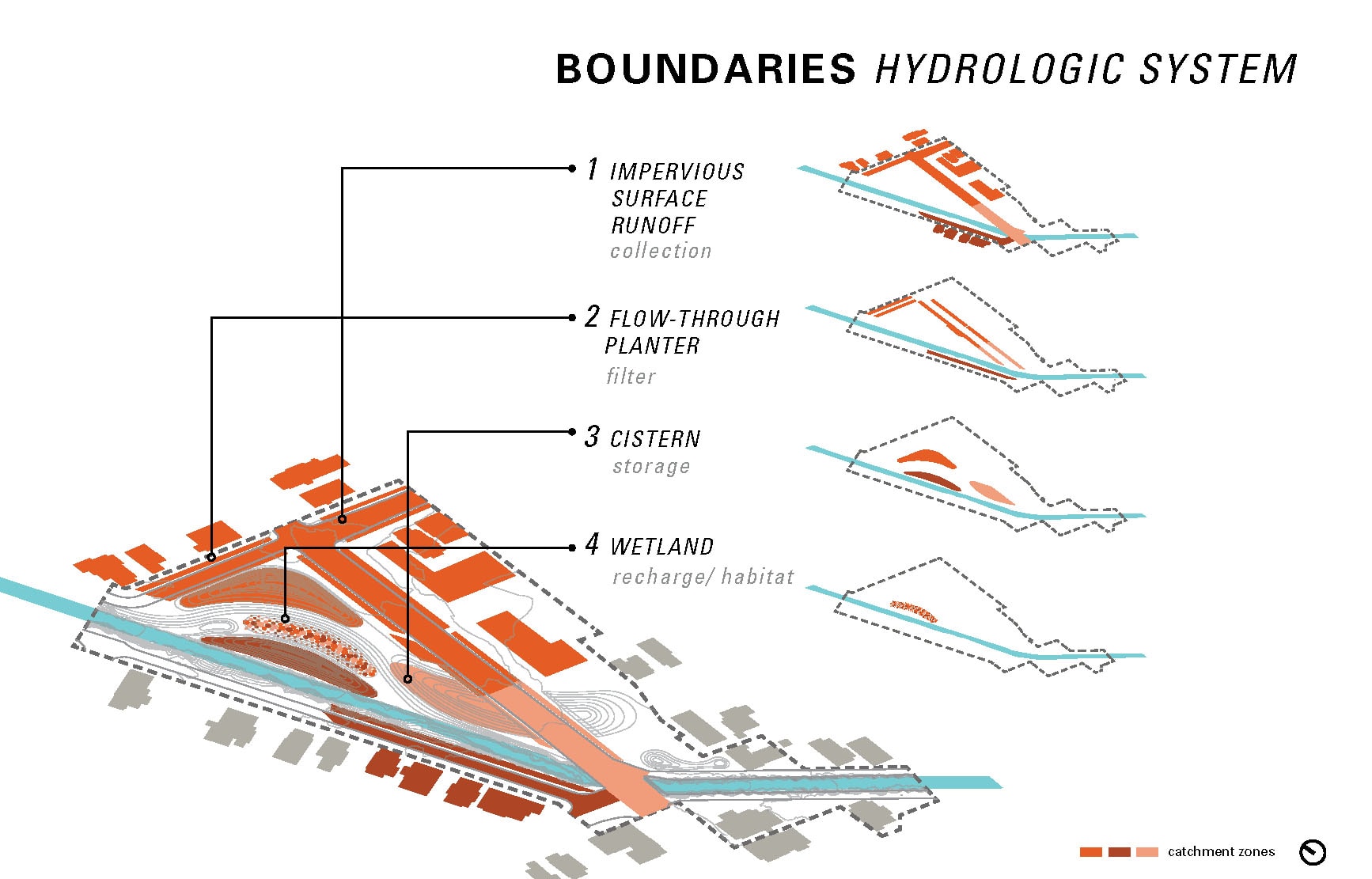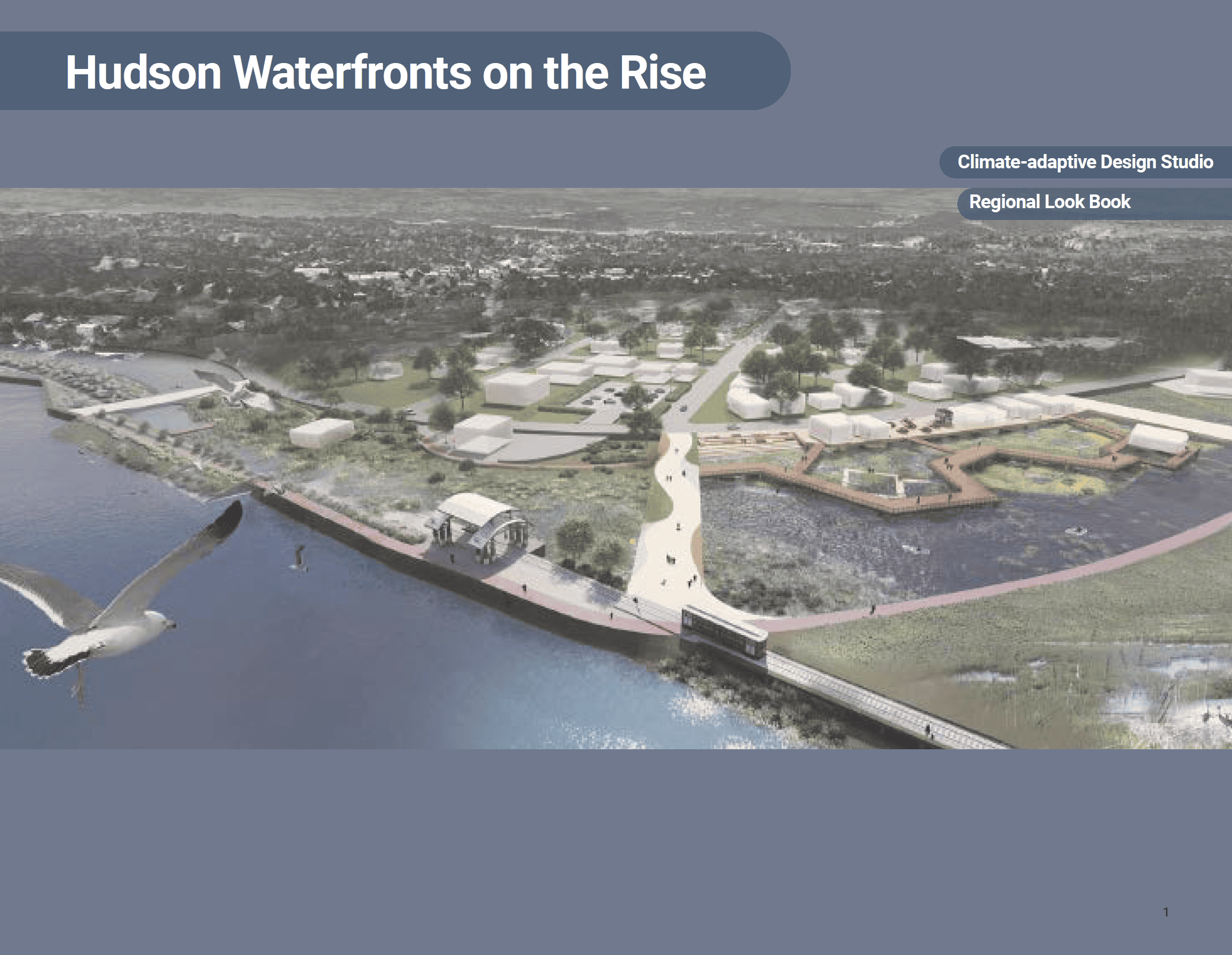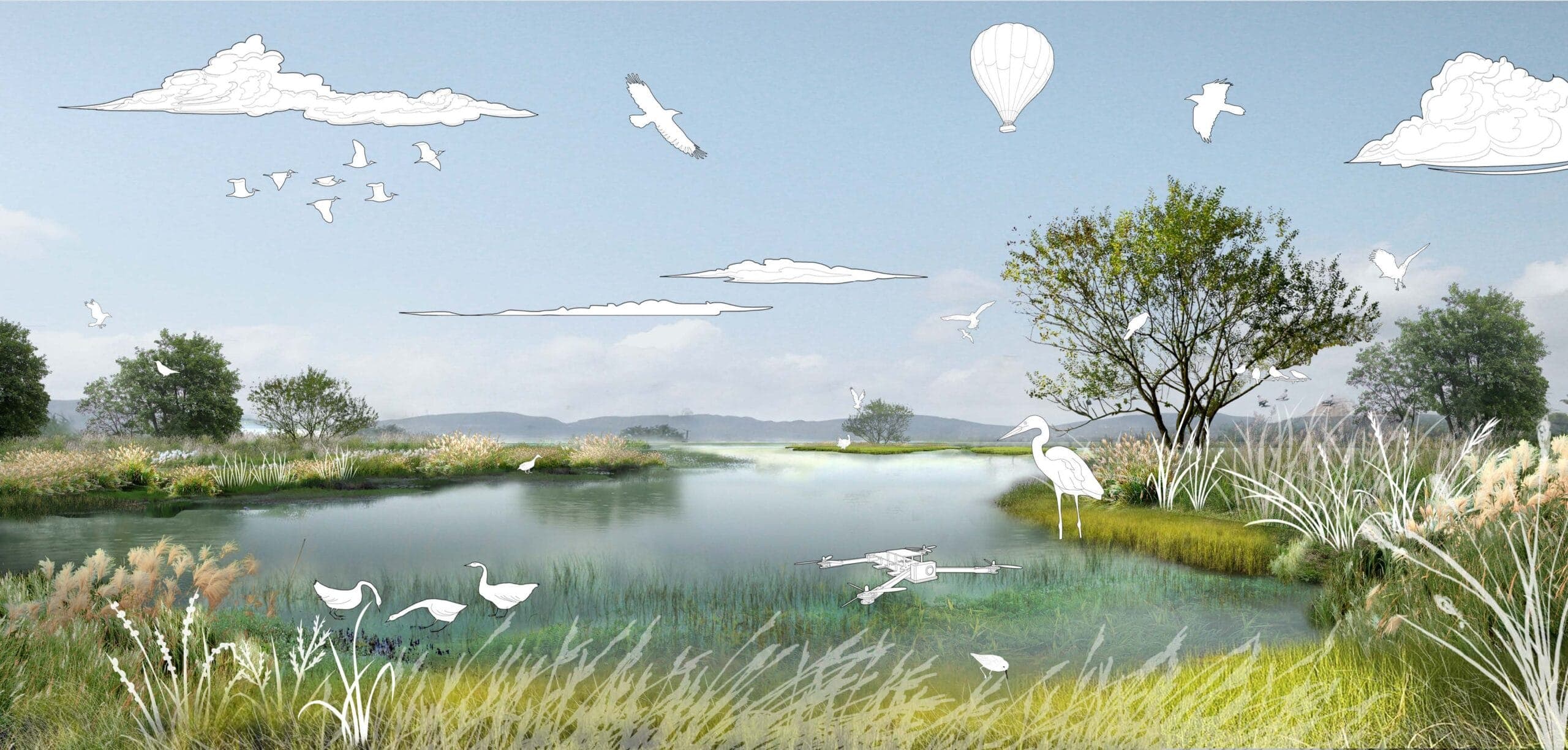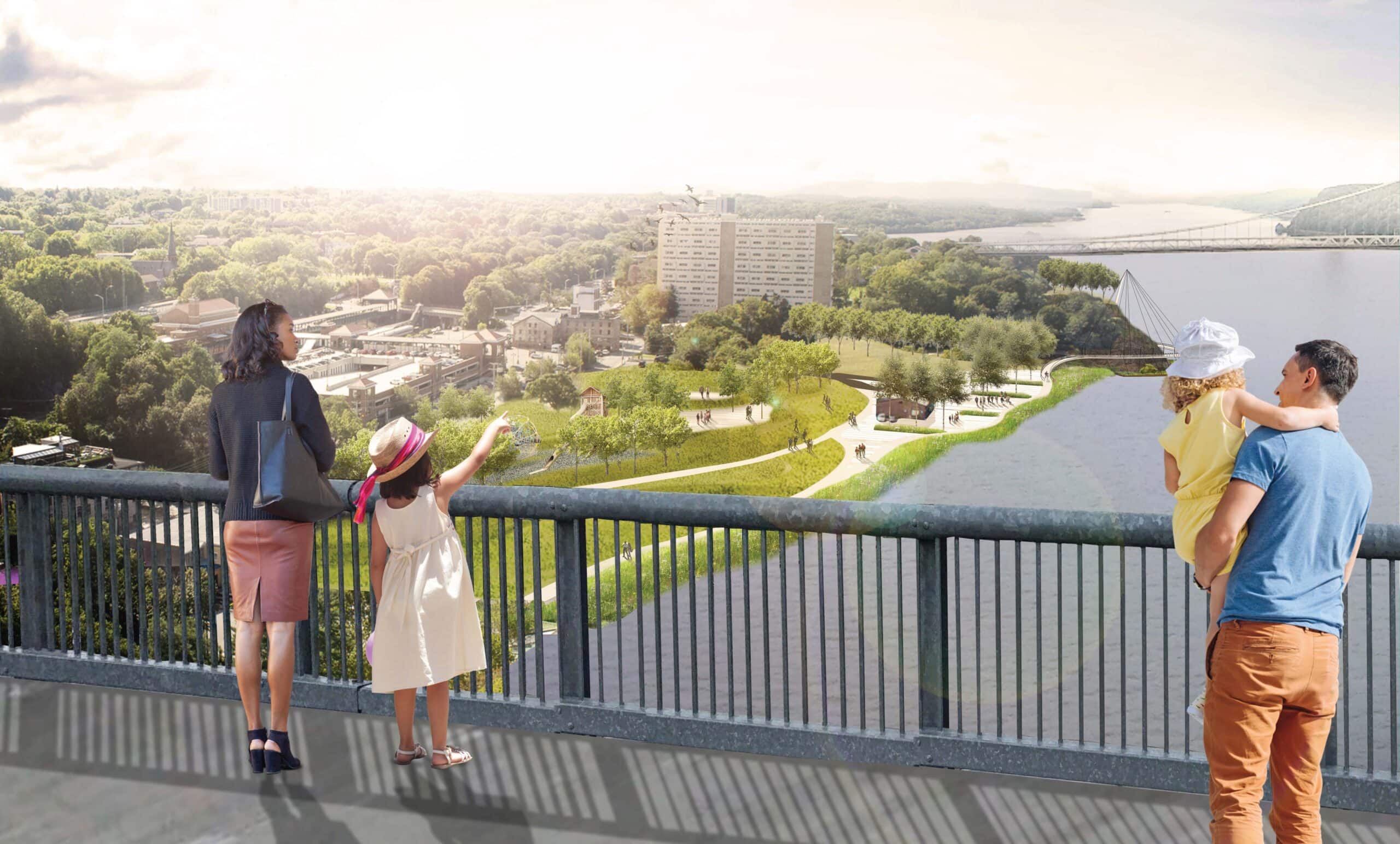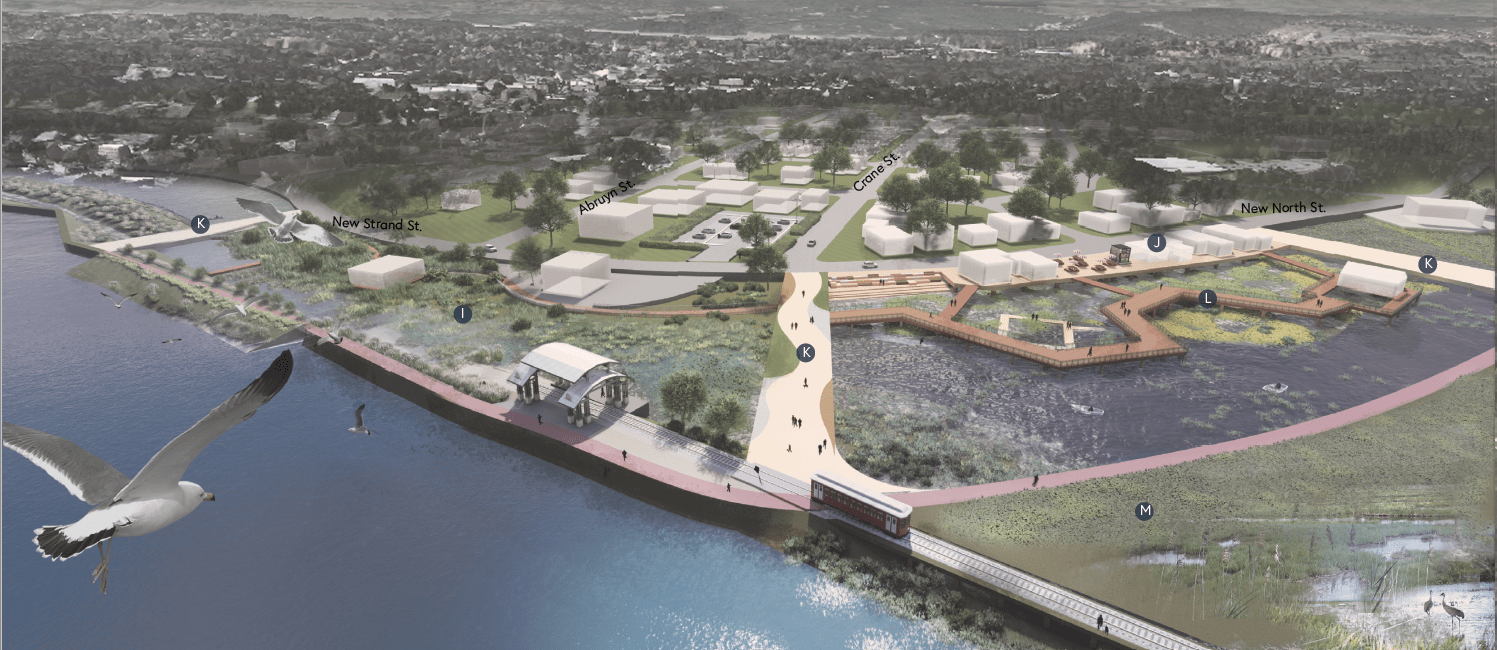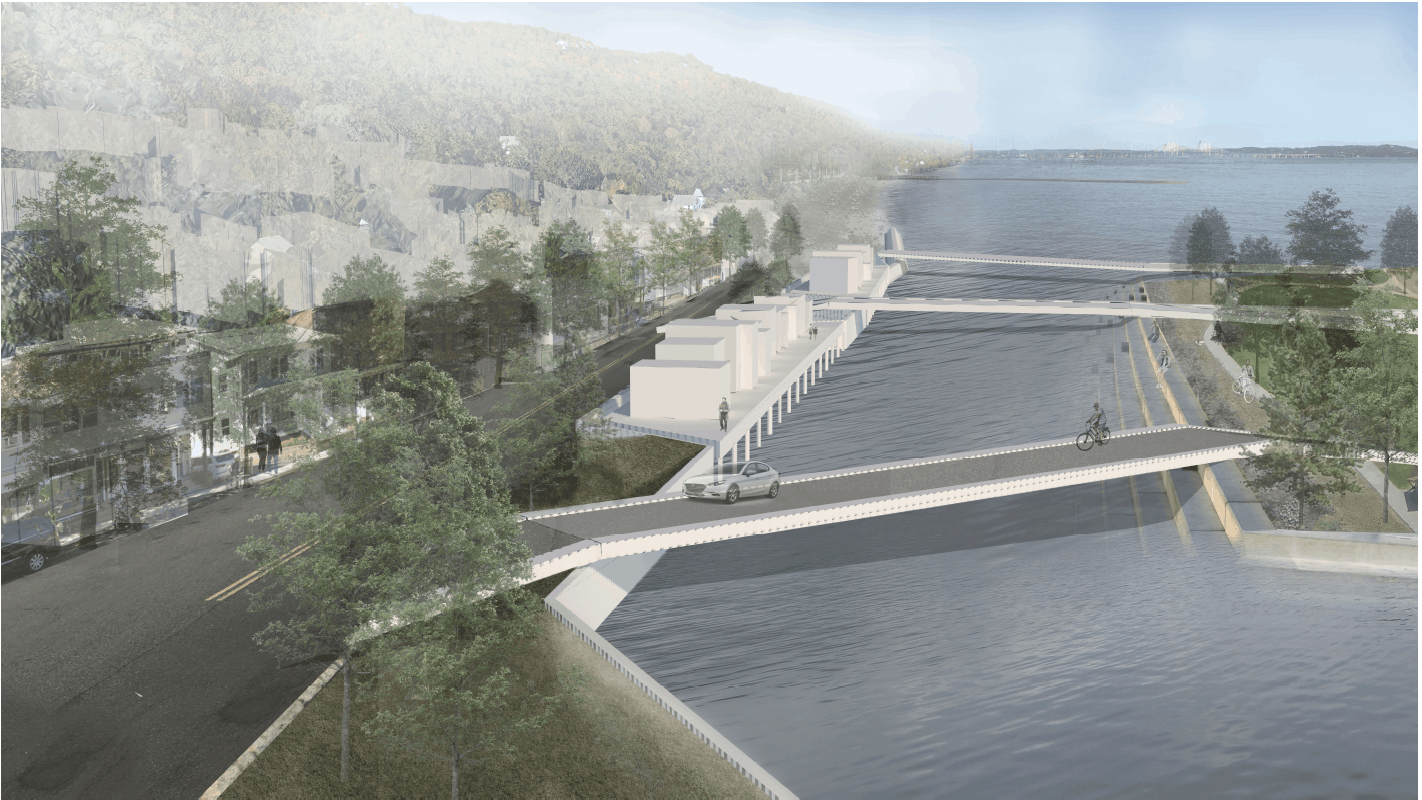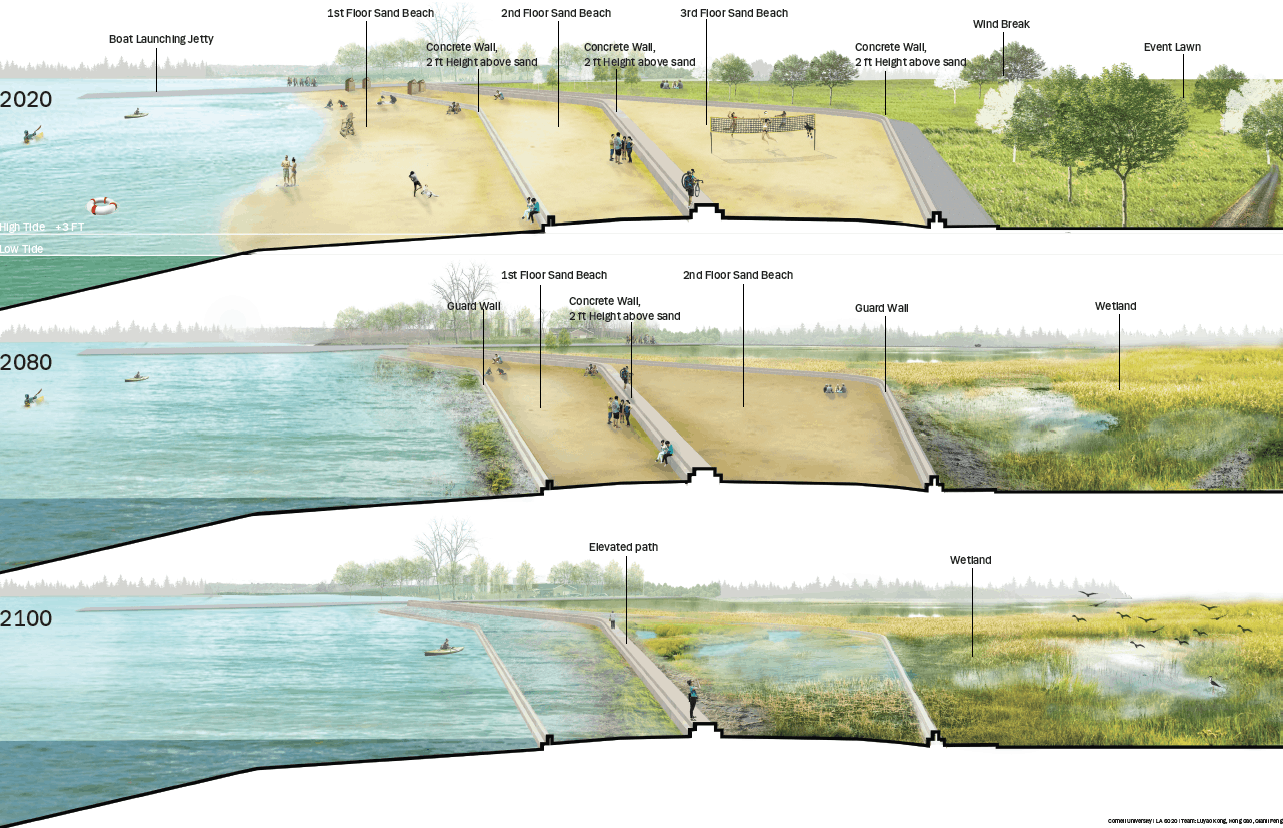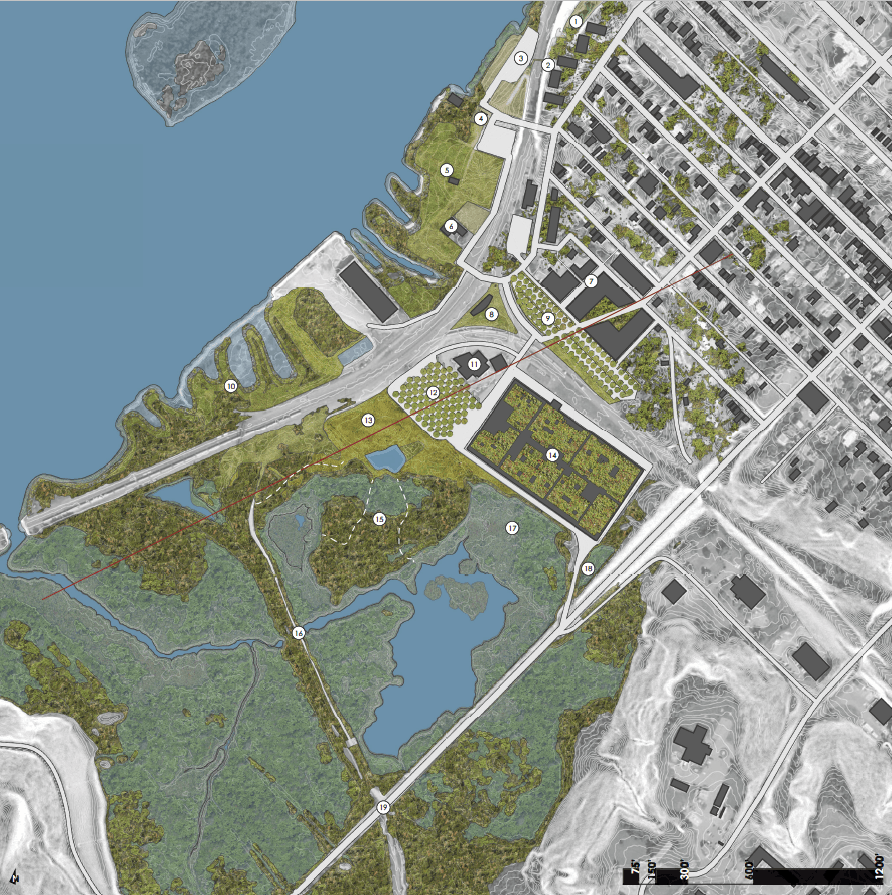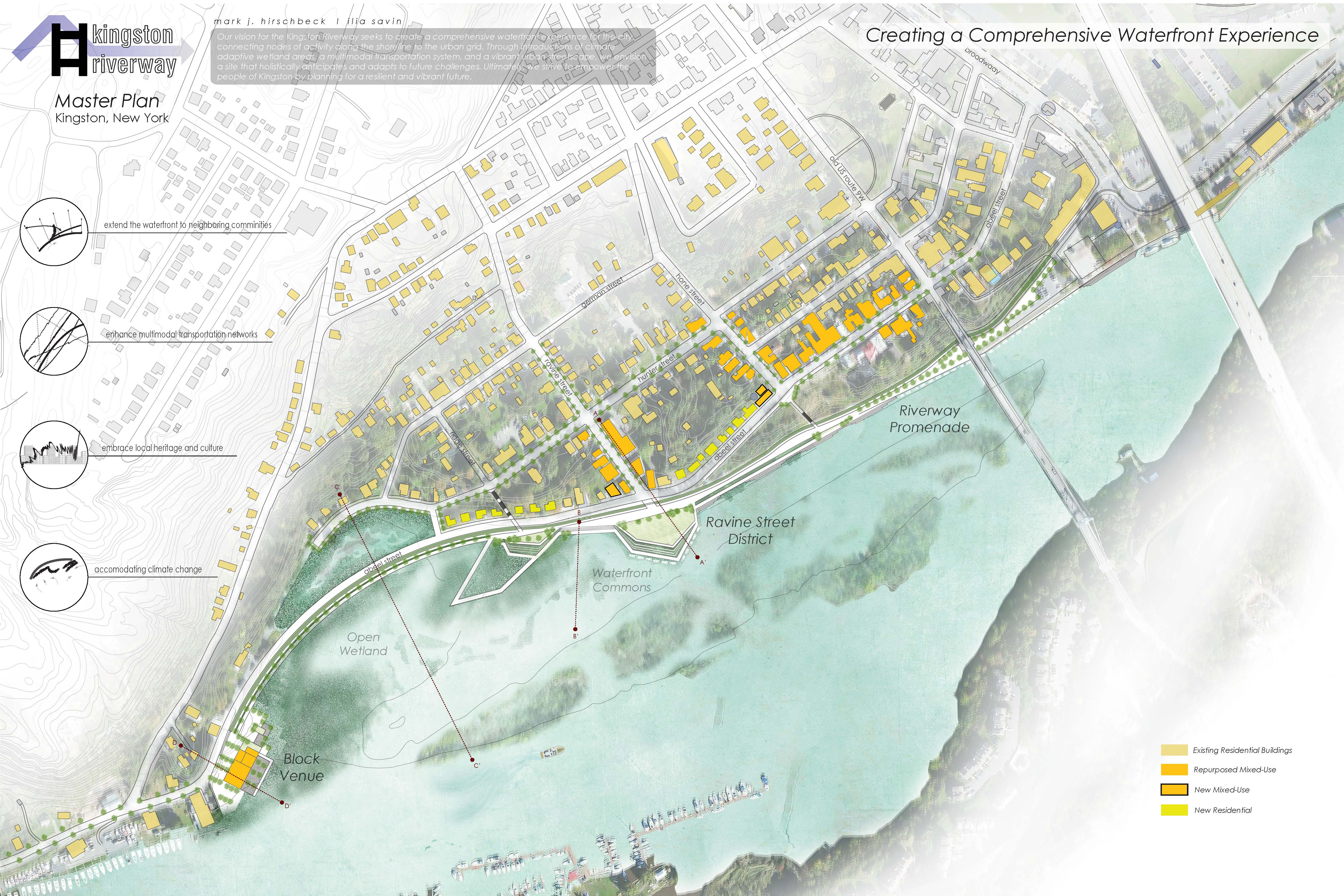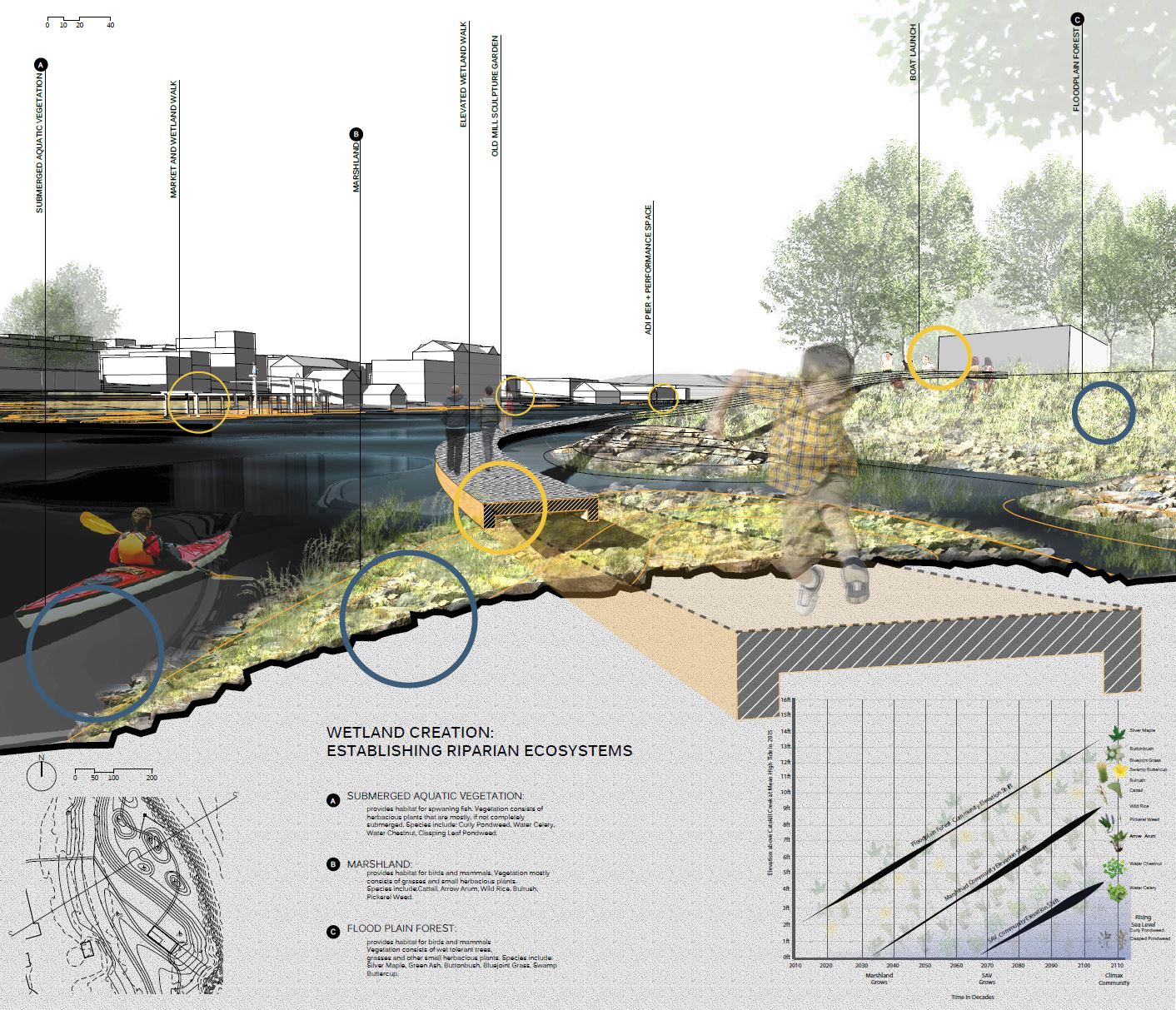Hudson Valley CaD Regional LookBook Released
The Regional LookBook describes the overall CaD studio process, introduces resilient waterfront design strategies, and shares adaptation resources to support conversations about climate change, inspire action, and assist Hudson Valley communities in moving toward greater resilience. Click to download the PDF.
2022
Tarrytown
This studio worked with the City of Tarrytwon to investigate adaptive futures for their dynamic low elevation waterfront in Fall 2022
2021
Poughkeepsie
Here we worked with the City of Poughkeepsie on design strategies for their public and private waterfront in Fall 2021
2019
Ossining
We worked with the Village and Town of Ossining to investigate adaptive futures for their growing waterfront in Fall 2019.
2018
Kingston III
Kingston III was our most recent CaD studio in the City of Kingston. The design investigation focused on the East Strand waterfront section of the Rondout River in Kingston, New York.
2017
Piermont
In the Spring semester of 2017, the CaD studio worked together with the Village of Piermont, New York. The project area includes the entire downtown waterfront area along the mouth of Sparkill Creek as it intersects the Hudson River.
2017
Kingston II
In the Fall of 2017, the CaD studio took place in the City of Kingston for the second time. The studio focused on Kingston Point Park area as it extends into the Hudson River.
2016
Hudson
The CaD studio in the Spring of 2016 focused on the South Bay waterfront area of Hudson, New York as the basis for the planning and design effort.
Kingston I
In the Fall of 2016 the CaD studio for the first time worked in the City of Kingston, New York. We investigated climate-adaptive design strategies for the Block Park area adjacent to Rondout Creek.
2015
Catskill
The first community-engaged CaD Studio took place in Fall 2015. We investigated the downtown area of Catskill, New York and its associated waterfront area adjacent to Catskill Creek.
2014
Syracuse (Studio Prototype)
This prototype studio refined the comprehensive Climate-adaptive Design framework approach piloted in the prior studio. The project study area was along multiple locations adjacent to Onondaga Creek as it flows through the downtown Syracuse Armory Square area.
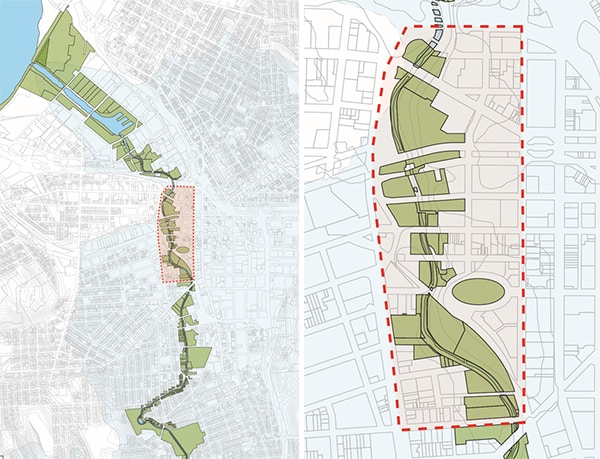
2013
Ithaca (Studio Prototype)
This prototype studio piloted the comprehensive Climate-adaptive Design framework while focusing on urban revitalization opportunities in the Thompson Triangle Park area fronting Cascadilla Creek, a popular retail area and two dense residential neighborhoods.
